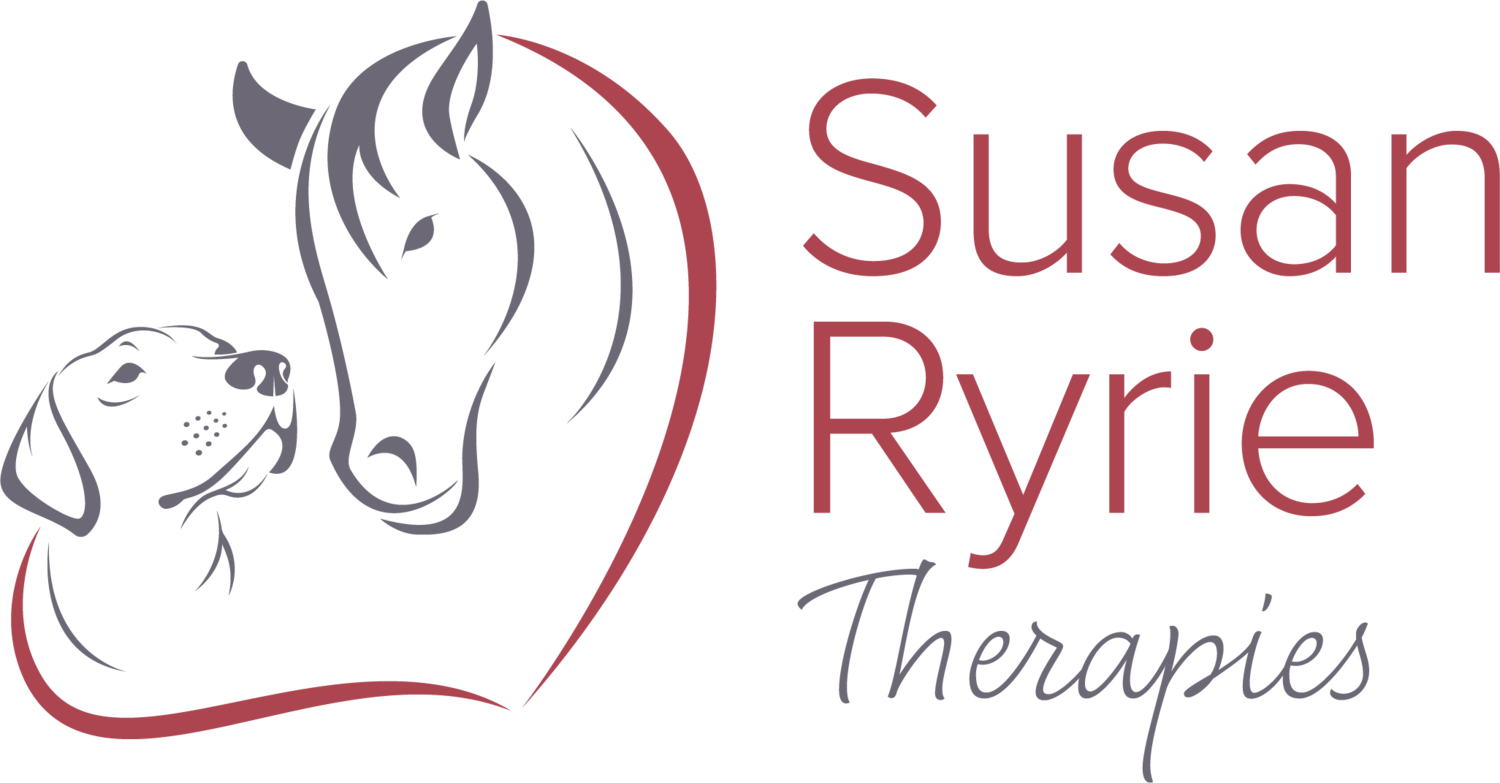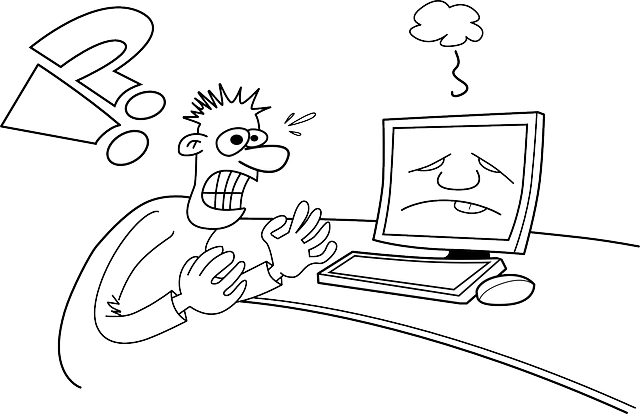
Analogies
I love analogies. The best ones explain complex ideas in terms of more familiar ones.
This month, I thought about how rebooting a computer relates to the Bowen Technique. Since then, I've built on that idea.
Most of us use computers daily and know how to maintain them. This could help us remember how to care for our neuromuscular systems.
There is an overlap with the August ‘Roundup’. I hope you will find it sufficiently different to be of interest!
Time to reboot?
You know those times when your phone or PC seems sluggish and unresponsive, and you shut it down and restart it? This allows it to clear the ‘junk’ background processes and reset its performance. Usually you find it runs much more quickly and smoothly after.
The effect of Bowen Technique is in some ways similar. The specific cross-fibre moves send signals to the brain and nervous system which interrupt ‘junk’ patterns of stress. This enables the body to reset muscle tension, posture and alignment.
The body has an opportunity to rebalance itself and function more efficiently. This can improve levels of comfort and boost energy.
… or maybe update?
If bodywork therapy is like rebooting the computer, then I think therapeutic exercises are like installing the latest software update.
Habits of posture and movement are like the software in our computer devices. When we use therapeutic exercises we are training new and better habits – they provide an update.
Whereas updates to our computer devices are provided for us, we have to take responsibility ourselves for the updates to our habits of posture and movement. This takes time and repetition.
The methods that I use – somatic movement exercises for people and Quad X Method for horses – tell us what movements we need to repeat, and in what order. They provide proven structures for successfully installing the update.
Habits and neural pathways.
I hadn’t intended to turn this analogy into a ‘theme’, but I’m on a roll now so let’s dig a little deeper.
Computer software is a set of instructions that controls how the computer functions. These instructions are recorded on a computer ‘chip’.
Our habits are also sets of instructions, a bit like a recipe for movement and behaviour. These instructions are recorded in our brains in the form of neural pathways. They have a real, physical presence which is why they can be so hard to break.
Neural pathways take time to grow. Each repetition of an action reinforces this growth.
Repetitions are writing the software that controls you or your animal – yes, you read that right – the software that controls you. More about that later.
Just as computer software can be updated, so our habits can be updated. But that means growing new neural pathways, which will take time and effort.
Computer viruses.
Computer viruses can cause havoc in our devices; software updates are designed to provide some protection.
Poor habits of posture and movement can similarly cause havoc in our bodies, creating unnecessary strain and in the long term leading to problems of pain, reduced mobility, osteoarthritis and so on. Updates to movement patterns can provide some protection.
Triggers and switches.
We click on various buttons and icons to initiate events on our devices. They are the ‘on switch’.
Habits also come with an ‘on switch’ which is often referred to as the ‘trigger’.
The pressure from the seat of a chair initiates a sequence of signals in my nervous system that produces my normal sitting posture.
When I’m driving, a red light prompts me to automatically press my foot on the brake pedal.
Once you have triggered a habit, the ‘autopilot’ part of your brain takes charge, leaving the ‘thinking’ part of your brain free to get on with other business.
This is efficient, but it is also dangerous because you are unwittingly handing over conscious control of your movements and your behaviours.
Emergency interrupt
The combination Ctrl Alt Del is the emergency interrupt on your PC that can get you out of trouble if you have started a process that you desperately need to stop.
Deliberate very conscious action can do the same with habits, breaking into old habits, or preventing them from being triggered in the first place.
The somatic movement exercises for people make use of the Ctrl Alt Del combination. The movements are carried out very slowly with ‘as much mental focus as you can manage’. This prevents the autopilot from acting.
Polework exercises for horses can have a similar effect. It requires mental focus for the horse to avoid knocking the poles. The autopilot is interrupted, and it is possible to practice better movement technique.
A first attempt.
Some movement skills are learned intentionally, with repetition developing the neural pathways. However, repeating movements that have poor form is rather like installing faulty software; a package that initially works well but later causes system issues; it is faulty and needs updating.
Tiger Woods recognised that his already excellent golf swing limited his game. He faced a long, challenging process to update it, and suffered reduced competition success during the process. However, once perfected, his new swing led to even better long-term results.
For many, the drive for better technique isn't about competition but to alleviate or prevent pain.
Do you remember the anxiety around the potential ‘millennium bug’? When you realise there is a fault that has potential to cause significant difficulties, then it’s time for an update.
Obsolete!
Following an injury, we and our animals often adopt compensatory movement patterns to avoid pain or stress. This protects the injured area.
Once the injury has healed, these patterns are no longer necessary. However, they often persist because they have become habits through repetition. A software update has been installed, but it is one that has quickly become obsolete.
This is like a programme or an app that keeps running in the background long after its purpose has passed.
This obsolete code can cause inefficiencies and pain, or further injuries. An update is essential.
Default settings.
Our phones and other devices come with ‘default’ software and settings. Not all of these turn out to be useful for us. Some might be redundant or cause the device to behave in ways that we do not want.
Our nervous systems also have default settings. Some are for postures that are activated by instinctive reflexes. These can be lifesaving in some situations. However, daily stress can also trigger them, creating habits that affect our normal posture.
Unfortunately, these habits of posture often cause strain in the musculoskeletal system. We need to regularly review and update the settings to prevent problems from developing.
It’s never too late!
If we do not install updates to care for the software in our devices the system may well slow down or even crash completely.
If we do not update our habits of posture and movement, most of us will begin to experience degeneration in the performance of our musculoskeletal system, which will be felt as discomfort and pain.
If we fail to continually reinforce correct movement patterns of ridden horses they may well develop avoidable pain.
The potential to update is always there, no matter what our age or condition, although it gets harder as you get older!
The benefits of improved quality of life are substantial.
Finding the update.
Creating a suitable software update is a complex process. The big computer companies do that for our devices.
Sarah Warren (following Thomas Hanna) has created an excellent update for movement in the human body; Katie Lawrence has created an excellent update for movement in the equine body.
These updates are available for you to install. It will take more effort than updating your computer, because of the repetition that is needed. But the ‘software’ is available and ready to go.
The installation process can be difficult if you are not familiar with the systems. My job is to help you through the process. I am a bit like the instruction manual, or the ‘help desk’ that you phone when you get stuck. I make sure you take the right steps in the right order.
Are you old enough to remember the Morecombe and Wise sketch with Andre Previn? “You’re playing all the wrong notes!” “No. I’m playing all the right notes, but not necessarily in the right order!”.
Even if you are doing the right things, if you don’t do them in the right order you won’t get a Grieg Piano Concerto – or anything else worthwhile.











